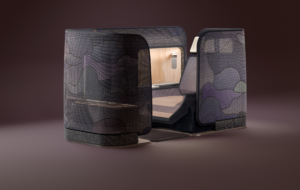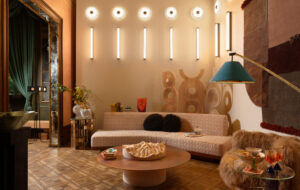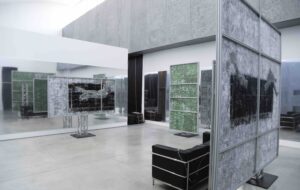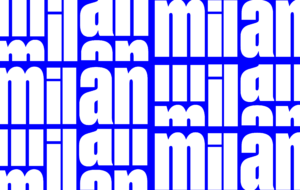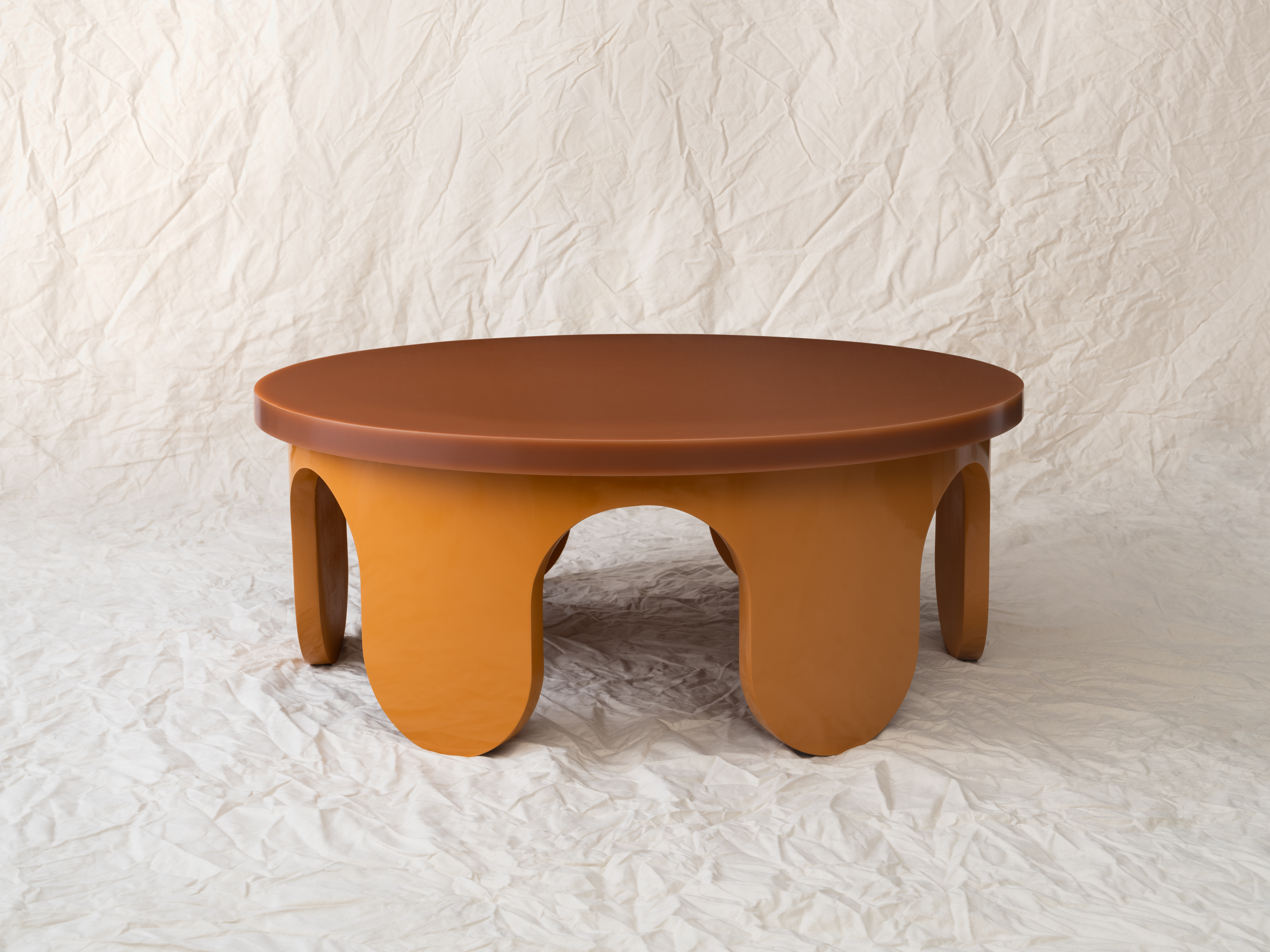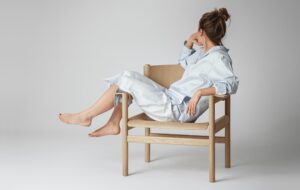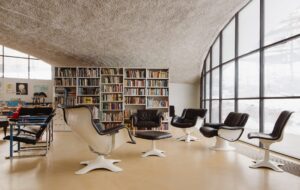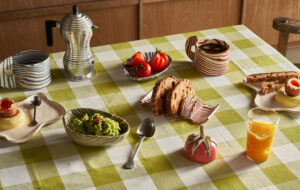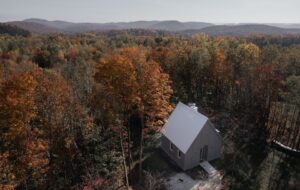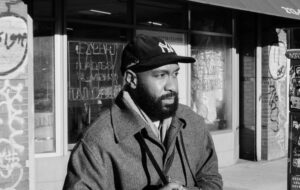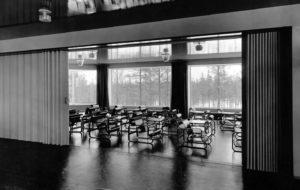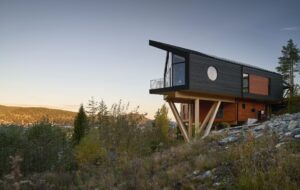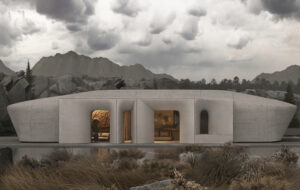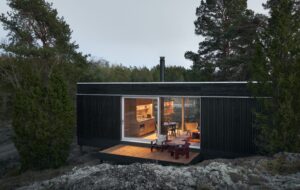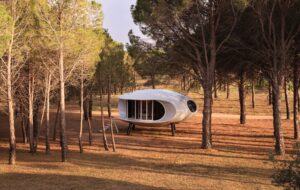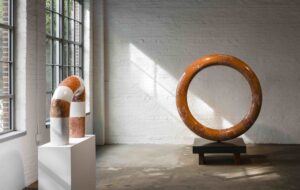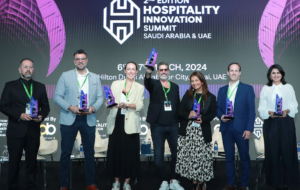

words
New Practices London, on show at the AIA New York Chapter’s Center for Architecture, is billed as “the future of the architecture profession in London”. To borrow from George Bernard Shaw, the question perhaps facing intrigued New Yorkers on the opening night might have been: are New York and London two cities divided by a common architectural language?
The exhibition, symposia and lectures were organised by the American Institute of Architects, in collaboration with the Architecture Foundation, to provide dialogue between emerging London practices and their New York contemporaries.
The London practices are all former participants of the AF Winter Nights lecture series. Carmody Groarke worked with Antony Gormley on the Blind Light installation at London’s Hayward Gallery; 6a Architects is probably the most interesting London name on the list for the 2012 Olympic Athletes’ Village; AOC, Ullmayer Sylvester and our own practice, DRDH, are starting to seriously address London’s housing question, while Witherford Watson Mann is reconfiguring Southwark. The bond between these practices lies in the strong influence of the city they inhabit. It is clear from the work presented here that all have been enjoying conversations about material, context, culture and community, and most importantly, starting to build. Evidently this is something young New York practices find hard. We sensed that investigation of form and theoretical competition entry overrides a more context-driven engagement with the city.
The exhibition design – by Gage/Clemencau Architects, winner of the AIA’s Emerging Practice Award 2006 and sometime collaborator with Greg Lynn – used acrylic and laser cutting to create a mass of etched motif and decoration. For New York practices, their built work is mainly interiors as there just isn’t the ground to build on. Focusing on the interiors allows them to be more surface-based and figurative as designers (something evident at MoMA, where all the designs for the annual summer courtyard installation at PS1 appear highly formal and computer generated).
We were asked to work within a rigid format of panel images and short films, and to present an object representative of London. The films perhaps offer the most fascinating insight into the varying London environments we inhabit, from the particular domestic and working spaces of Ullmayer Sylvester and 6a, life above a Demark Street guitar shop for Carmody Groarke, and DRDH’s existence between site, studio, charette and workshop.
The previous night’s symposium was a chance to answer serious questions about practice in the UK, and there was palpable surprise at the level of influence young practices are starting to have on London’s future. New York offices were interested to learn that the bulk of us had entered competitions that had resulted in buildings, and it took a while to get across that in London we are engaging in political discussions about, for instance, housing rather than just theory and form. As the start of ongoing discourse and perhaps future collaboration, the exhibition is a first small step in revealing our linguistic similarities and differences.
New Practices London is at the AIA Center for Architecture, New York, until 27 October
www.aiany.org/centerforarchitecture

